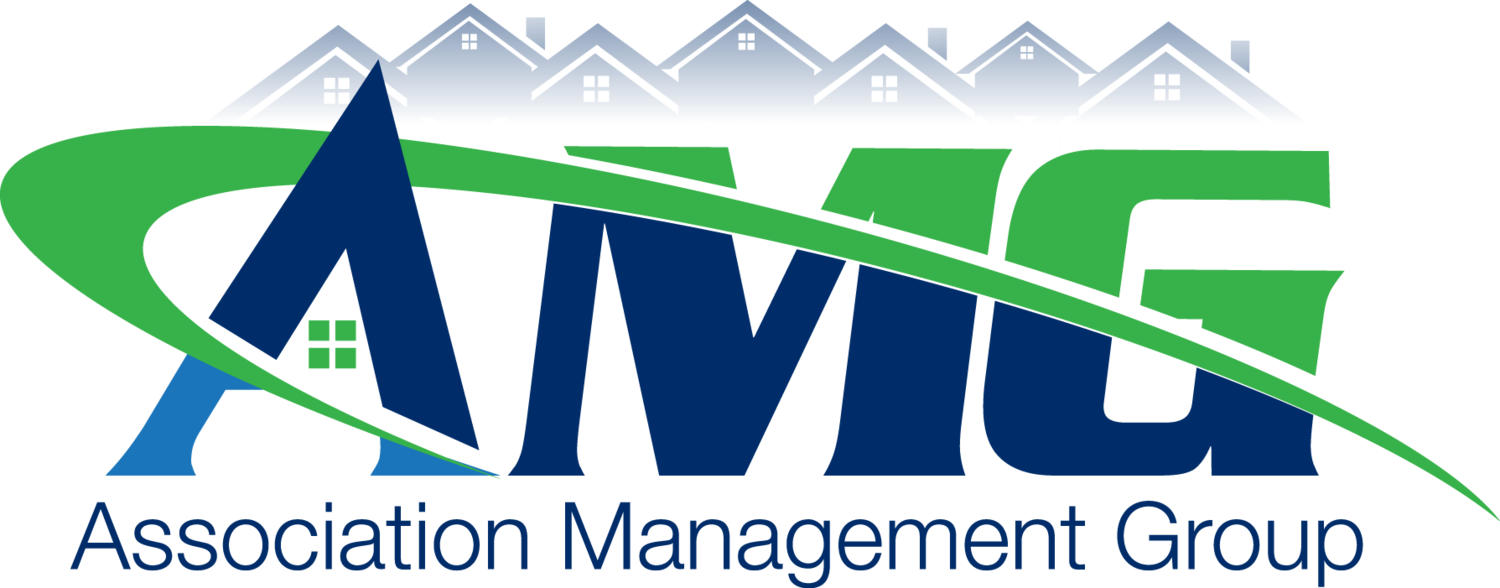EVALUATING MONTHLY FINANCIALS
WHAT IS A FINANCIAL REPORT?
A financial report is a comprehensive document that gives a detailed overview of an organization's financial performance and position during a specific period. It is a critical tool for assessing the financial health, transparency, and accountability of an entity, such as a community association. Financial reports typically include several key components:
-Balance Sheet -Collection Report
-Profit and Loss (P&L) Statement -Disbursements Report
UNDERSTANDING THE BALANCE SHEET
WHAT IS A BALANCE SHEET?
A balance sheet is a financial statement that presents a snapshot of an association's financial position at a specific point in time. It reflects the assets, liabilities, and equity of the association. Key components of a balance sheet include:
Assets: These represent what the association owns or is owed. Common assets include cash, investments, accounts receivable, and property.
Liabilities: These are the association's financial obligations, including accounts payable, loans, and any amounts owed to vendors or service providers.
Equity: Also known as owner's equity or net assets, this represents the difference between assets and liabilities. In community associations, equity typically represents the accumulated reserves and retained earnings.
KEY ELEMENTS OF A BALANCE SHEET
When evaluating a balance sheet, focus on:
Operating and Reserve Account Balances: These are similar to personal checking and savings accounts, reflecting how much money the association has on hand at a given time.
Changes in Fund Balances: Note if fund balances are decreasing or increasing and identify reasons for significant changes.
Reserve Study: If your association has a reserve account, consider discussing a reserve study with your manager to ensure proper funding for future projects.
ANALYZING THE PROFIT AND LOSS (P&L) STATEMENT
OVERVIEW OF THE P&L STATEMENT
The Profit and Loss (P&L) Statement, also known as the income expense statement, offers a thorough view of the association's income and expenses during a specific period, typically a month or year.
KEY COMPONENTS OF THE P&L STATEMENT
When reviewing the P&L Statement, look for:
Budget vs. Actual Comparisons: Evaluate whether actual income and expenses align with the budgeted amounts for the same period.
Income Sources: Analyze sources of income, including assessments, fees, and other revenue streams.
Expense Breakdown: Examine expenses by category, such as maintenance, utilities, and insurance. Identify significant differences between budgeted and actual amounts.
Late Fees: Keep an eye on late fees collected, as they can indicate trends in payment delays.
THE IMPORTANCE OF THE COLLECTION REPORT
WHAT IS A COLLECTION REPORT?
A Collection Report, also known as a Delinquency Report, furnishes information on accounts that are behind on assessments. It specifies the amount owed, the duration of delinquency, and the collection status.
IDENTIFYING DELINQUENCIES
When reviewing the Collection Report, focus on:
Outstanding Balances: Identify delinquent accounts and their outstanding balances.
Collection Status: Determine if accounts are in the early stages of delinquency or if legal action has been initiated.
Collection Policy: Ensure the association has a clear collection policy and engages an attorney to facilitate collections, if necessary.
REVIEWING THE DISBURSEMENT REPORT
THE ROLE OF THE DISBURSEMENTS REPORT
The Disbursements Report, also known as the Accounts Payable Report, is a comprehensive record of payments made by the association. It allows community leaders to verify that expenses are accurately recorded.
ENSURING ACCURACY AND EFFICIENCY
When reviewing the Disbursements Report:
Check for Accurate Coding: Ensure expenses are coded correctly to the appropriate budget categories.
Identify Outliers: Look for any irregular or duplicate payments that may require attention.
Effectively Communicate: Encourage open communication with your community manager and accounting department to resolve any discrepancies.
BEST PRACTICES FOR COMMUNITY LEADERS
To effectively evaluate monthly financials, consider these best practices:
Familiarize Yourself: Take the time to understand each financial report. Once you are familiar with them, reviewing the reports becomes more efficient.
Collaborate with Your Community Manager: Community managers are invaluable resources for financial insights. Don't hesitate to ask questions and seek their expertise.
Emphasize Early Intervention: Address financial issues as soon as they arise to prevent them from becoming more significant problems.
Maintain a Focus on the Big Picture: While it's essential to scrutinize details, it's equally important to remember that community leaders also play a vital role in planning for the association's future and its financial stability.
IN CONCLUSION
Evaluating monthly financials is a critical responsibility for community leaders. By understanding the key components of financial statements, collaborating with professionals, and emphasizing early intervention, community leaders can contribute to the financial well-being and long-term success of their associations.




















